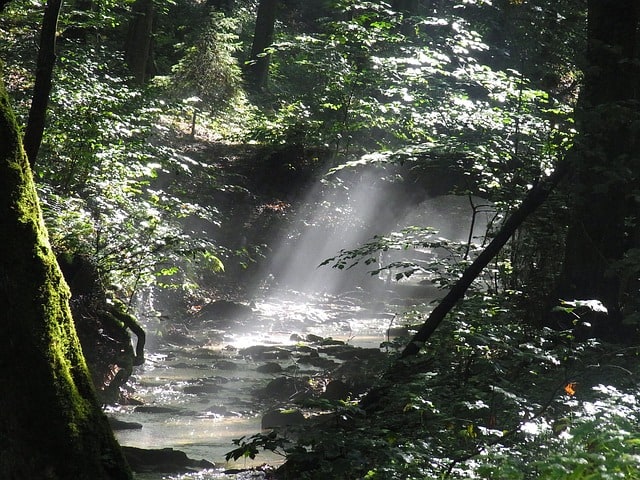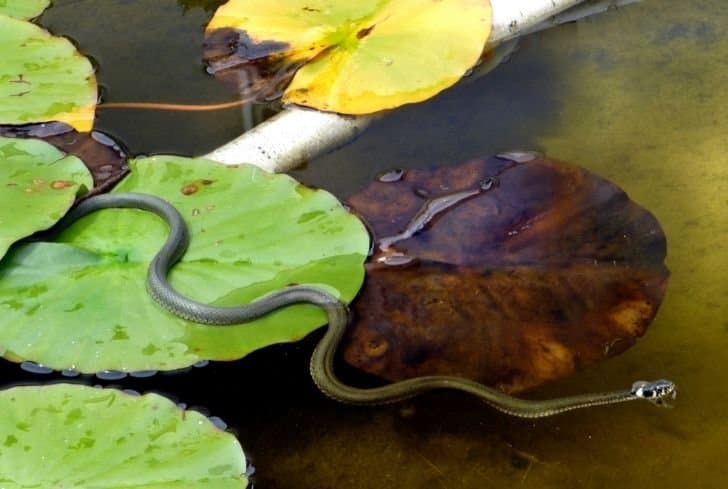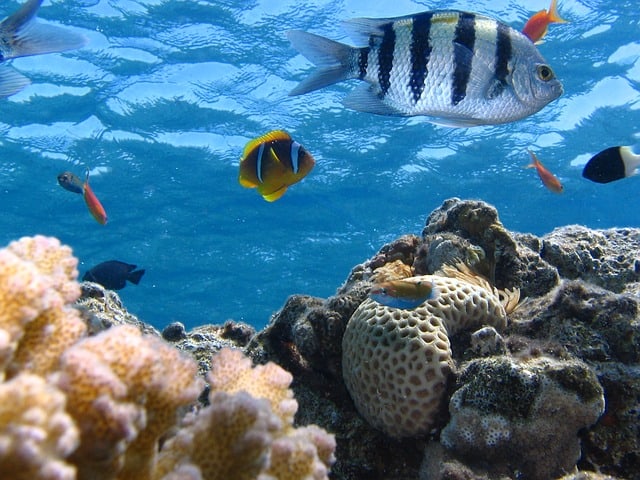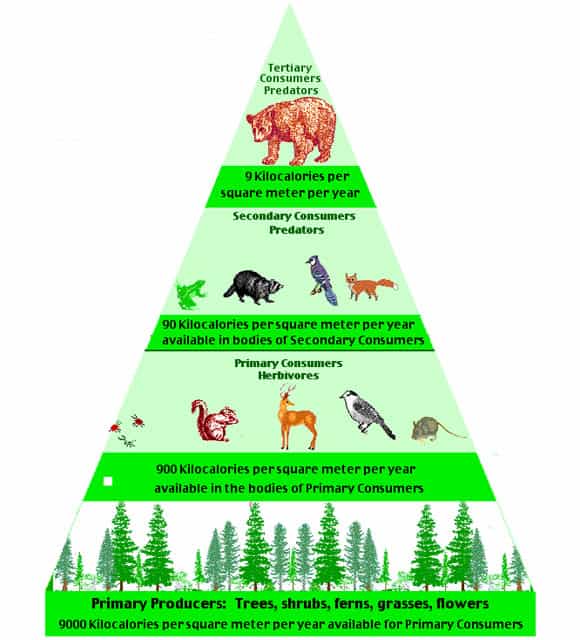Chaparral Biome: Climate, Precipitation, Location, Seasons, Plants, Animals

The word chaparral comes from the Spanish word Chaparro, meaning scrub oak. Chaparral biome is a relatively small yet one of the most extensive biomes in the world. It’s more extensive than the desert, the forests, and the sea shore. It’s virtually everywhere. Chaparral is created when cool water from an ocean or sea merges with a high-temperature landmass. Plants and animals have developed extraordinary adaptation, which makes chaparral biome one of the most unique, sparse and diverse collections of ecosystems in the world.
Chaparral biome is a semi-arid, shrub-dominated collaboration of hard-leaved, woody plants shaped by Mediterranean climate (wet winters, hot, dry summers) and sporadic fires, consisting of summer-drought-tolerant plants and hard sclerophyllous evergreen leaves. The Chaparral Biome is also called the Mediterranean biome because it commonly occurs in the Mediterranean. When talking about Chaparral biome, most think of the rolling hills in the Mediterranean, but it also encompasses plains and mountains.
Climate
The chaparral biome is located in the Mediterranean climate zone, which means it experiences mild winter, as well as hot, dry summers, but not rainy. Summer temperatures can surpass 100 degrees. On average, chaparral biome winter temperatures range between 10-12 degrees Celsius (about 50 degrees Fahrenheit) to 30-40 degrees Celsius (about 86-104 degrees Fahrenheit). Droughts are prevalent here. Many fires occur in the chaparral due to the heat and dryness.
Precipitation
Chaparral biome receives approximately 10-17 inches of rainfall annually. Most of the rain occurs during winter. Lightning and thunderstorms are prevalent during the end of summer months. Due to long summer droughts, only hard-leaved plants are able to survive in this biome. Most plants also develop hairy leaves to harness moisture from the air and utilize it.
Location
Chaparral biome only occurs in specific areas around the globe such as the Mediterranean, middle and southern California, Central Chile, Southern Australia and the southern tip of Africa. This is the biome in the world where most fires occur, and new suburbs spring up, making it one of the most controversial.
Seasons
Chaparral biome has two seasons; summer and winter. The summer season is associated with hot, dry climate. Temperatures during summer range from 70 degrees Fahrenheit and may go well over 100 degrees Fahrenheit.
The summer season in the chaparral biome is the exact opposite of winter. Temperatures are fairly mild. Average temperatures stand at 50-70 degrees Fahrenheit, with average monthly precipitation of 3-7 inches.
Plants
Plants communities growing in the chaparral biome majorly consist of shrubland like that of the California’s chaparral. Similar plant communities grow in other Mediterranean climates, for instance, the Matorral in Chile, Maquis in Mediterranean basin; Fynbos is South Africa, including western and southern Australia. The shrub land has various names depending on which country you are in. However, they share similar adaptations to deal with the heat and fire.
The primary producers in the Chaparral biome are the different plant species. The animal species here mainly feed on the plants or use them for shelter and are also well adapted to the fires and heat. Some typical species of plants in the chaparral biome include:
Olive Tree
Olive tree is the oldest known grown tree in the world. It played a significant role in the civilization of Mediterranean nations. The olive tree is evergreen, featuring grey-green leaves, including small white flowers. It grows in nutrient-deficient, but well-drained soils. It requires more sunlight for production of fruits. However, it also requires a little bit of chill to enable the fruits to set. It’s able to survive in hot, dry climates and can grow up to 25-30 feet tall.
Blue Oak
This tree originates in California. It thrives in the valleys and lower slopes of the Coast Ranges. The tree is well adapted to live in drought and dry climates as it’s able to survive in extreme temperatures of up to 100 degrees Fahrenheit. It characteristically produces leaves and acorns.
Coyote Brush
Coyote Brush is mostly found in California Chaparrals and exists in canyons below 2500 feet. It’s populous in the chaparral biome as the pappus catches the wind and blows away assisting the Coyote Brush to spread its seeds. Another adaptation of the Coyote Brush is its large root system that spreads out to harness any rain water that may fall in its dry surrounding.
Common Sagebrush
Common Sagebrush also grows in dry environments where other plants don’t. However, it likes well-drained soils occurring in sheltered areas.
French boom
French boom grows in dense stand, which crowds out the native plants. It’s known to grow very quickly.
Fairy duster
Many chaparral and desert animals like to eat the Fairy Duster. It’s also grown in homes to decorate shrubs in landscapes and gardens.
King Protea
King Protea is particularly unique since it can absorb moisture through the leaves, which is why it grows even where there isn’t much precipitation.
Manzanita
This plant grows mainly in Mediterranean climates characterized by rainy winters and warm, dry summers. They can cope with a fair quantity of water during its first two years of growth. However, they will perish if overwatered when mature.
Mountain Mahogany
The mountain mahogany has taken up an interesting adaptation to survive in chaparral biome: Dwarfing. It becomes smaller to survive. It becomes small due to extreme droughts, climatic changes, as well as poor soil. The Mountain Mahogany is somewhat invincible since it cannot be brought down by an ax, cannot be exterminated by fire, which is why it is nicknamed ‘’hardtack.”
Animals
The animals living in chaparral biome are chiefly desert and grassland kinds adapted to hot, dry climate. Some of the animal species in this biome include:
Grey Fox
A known solitary hunter that eats a wide variety of things, including insects, birds, rabbits, nuts, berries, as well as other rodents. In the chaparral biome, Grey Fox will eat a lot more plants and insects than Foxes existing farther east. It has remarkable climbing abilities, allowing it acquire foods that have not been eaten by the red fox.
Puma
This animal has developed impeccable characteristics to thrive in chaparral biome. It incredibly sneaks up on prey to easily catch it. Puma’s main food is deer, but will also feed on mice, birds, and insects. When it wants to hide its dead prey for later use, the Puma scrapes leaves over it. It will stay in the vicinity to guard and feed on the hidden carcass for several days.
Black-tailed Jack Rabbit
Black-tailed Jack Rabbit has distinguishable huge ears. It leverages the huge ears to increase or decrease its blood flow in order to regulate its body temperature. This adaptation helps it survive in the chaparral biome.
Spotted Skunk
Spotted Skunks thrive in a wide range of climates. Other species of Skunk like the Western Spotted Skunk constructs a den from a hole in the ground and pampers it with leaves. On few instances, Spotted Skunks will live in hollow trees. They are so aggressive that they can prey on their predator.
Golden Jackal
The Golden Jackal is naturally a predator. It helps conserve the environment by keeping frog, rodent, bird, and gazelle population down. When winter sets in, the Golden Jackal grows thick coat of hair to insulate themselves from freezing temperatures. It has also learnt to eat insects when there is scarcity of food.
Bezoar Goat
The Bezoar goat grows thick wool to survive in the harsh mountain climate. It also has horns for defense and to fight females.






